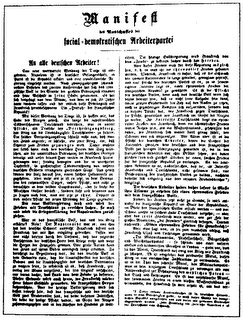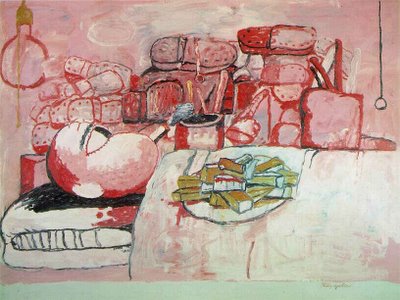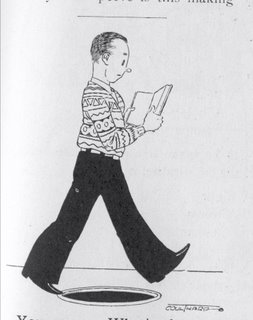Interim Show
 Hans Op de Beeck
Hans Op de Beeck'Landscape for Henri'
2003
The interim show is now only two weeks away. We will discuss requirements in more detail tommorrow, the 29th November. There are a few issues to deal with:
1. Decide on a piece of work, or body of work and make your display - remember space is tight!
2. Clear studio of stuff that is not going to be shown.
3. If your work is not in a fit state to be shown then you must think of what else to do (check with staff).
4. Each of your displays must be accompanied by a text which must be typed in 'Ariel' (12 point) with your name, title - if applicable, and your writing on the work (artist's statement or manifesto or list of words etc).
5. There will be a monitor/dvd player and a projector/dvd player in room 302. You will need to share these. We suggest you print up stills of videos to display in your space .
6. Any special events will also take place in room 302 to alleviate the lack of space.
7. Repaint any part of the space that needs it.
Remember this is an interim show. This is the first display of the Critical Practice course. However, in our opinion, even if you attempt something modest you must do so with great care. This does not mean vast expense, nor does it imply that you develop a genius complex. With this in mind, make sure the work is shown at its best, clarity and simplicity are the key.





